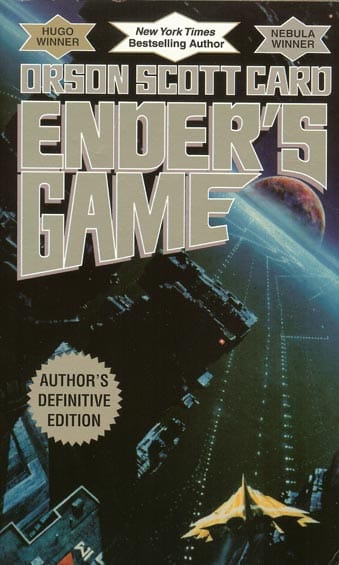If you think deeply about videogames, consider them philosophically and conceptually, you should read Alice in Wonderland and Through the Looking-Glass. Yes, the ones written by Lewis Carroll over one hundred and thirty years ago. No, I’m not joking. Yes, I am sober. No, I’m not running out of ideas. And believe it or not, this recommendation has absolutely nothing to do with Burton and Depp’s upcoming Alice movie. I admit, this recommendation may not be for every gamer or even for every average gamer. Usually I try to recommend titles I think the average Joe Joystick will find entertaining. This time I’m aiming for something a little higher; a box of brain candy for all the level designers, game developers and gaming critics out there.
Alice’s adventures are not noteworthy because they are stories based on games, but rather, because they are stories set inside of game-worlds. This may seem like a trivial distinction, or a designation which is identical to any novel set in a fantasy world, but the acknowledgment of rules and the game like nature of the world sets it apart from Tolkien and Lucas’ lot. This self-awareness allows the game to function as meditations on venturing through fictional realities; the very practice which defines modern gaming. Hyperbole you say? Consider what our hobby entails.
Some ‘Mood Music’ for your listening pleasure. Credit to Shihnong for introducing it to me
Every time you play a game, you start by shrinking yourself down into an avatar through the looking glass magic of the Screen (computer, television or phone- it doesn’t matter); a practice which parallels Alice’s experience with the potion at the beginning of Wonderland. And just as it was for Alice, this initial shrinkage act it is frequently the first of many shape changing experiences for players, what with magic mushrooms, raccoon feathers and other various upgrades. Even when playing a sports title or a car racing game, you are walking in wonderland, as you have assumed the role of a car (not a driver), or a virtual body whose abilities are limited to sports related actions.
The gaming parallels of Through the Looking-Glass are even prominant than those in Wonderland. As Alice jumps her brooks (which parallel the ranks of a chess board), her environment drastically changes, like the levels in a video game. Each step also takes her a step closer to becoming ‘a queen,’ so she is effectively leveling up as she moves forward. This idea of realities which hinge upon the binary, worlds that can completely change when a 1 changes to a 0, is information age stuff. Looking-Glass may not have been intended as a critique of virtual reality, but it can certainly function as such.

I’m barely scratching the surface here. People have been writing about and analyzing Carroll’s stories since they came out, and they are still going strong. Granted, most of what has been written examines Alice from a literary or mathematical perspective, so the game play interpretation is wide open, save for what has been written about Chess in the second book. “Why bother?” you ask? The Alice stories are a gold mine of level design ideas and gameplay concepts! Some of the most iconic elements of Mario’s gameplay parallel elements in Carroll’s writing (Shape changing Magic Mushrooms, Pipes representing rabbit holes) and people still talk about American McGee’s Alice even though it came out years ago. Incidentally, if anybody knows where I can find a copy, tell me and I will write a review of it.
In order to get the most out of Alice, I recommend picking up Marten Gardner’s Annotated Alice. It is a gorgeous book (pictured at the top), it contains both stories (and a few chapters which were edited out of Looking-Glass) and a staggering degree of analysis. Have fun through the Looking-glass!





